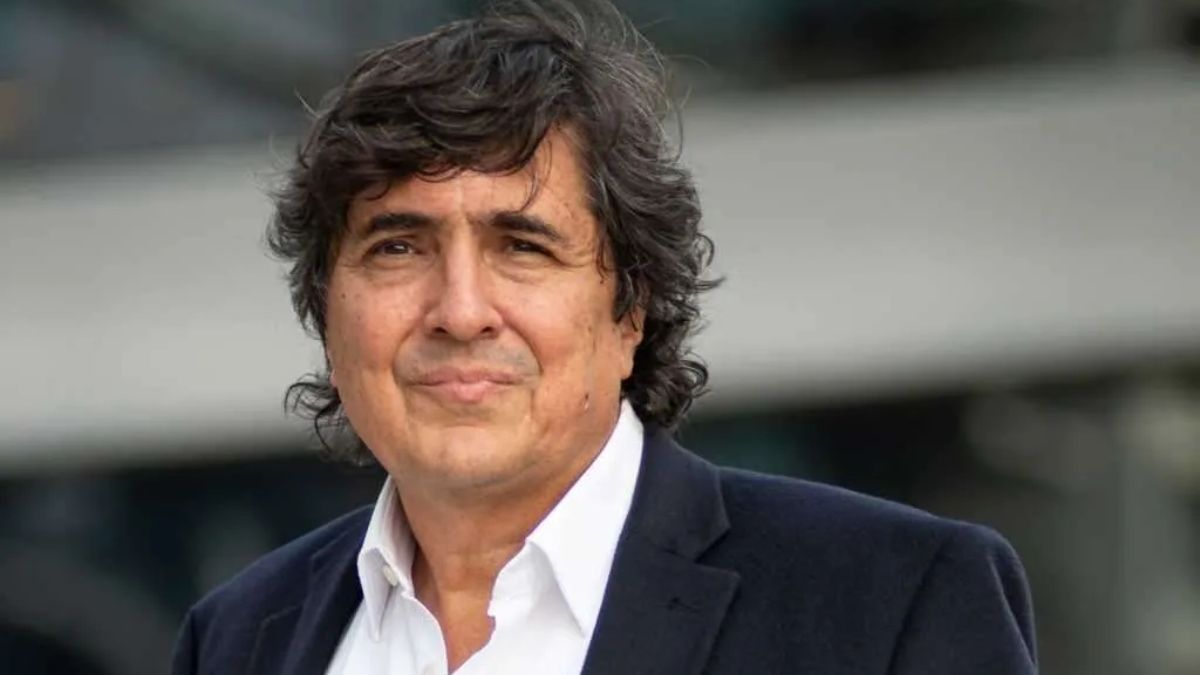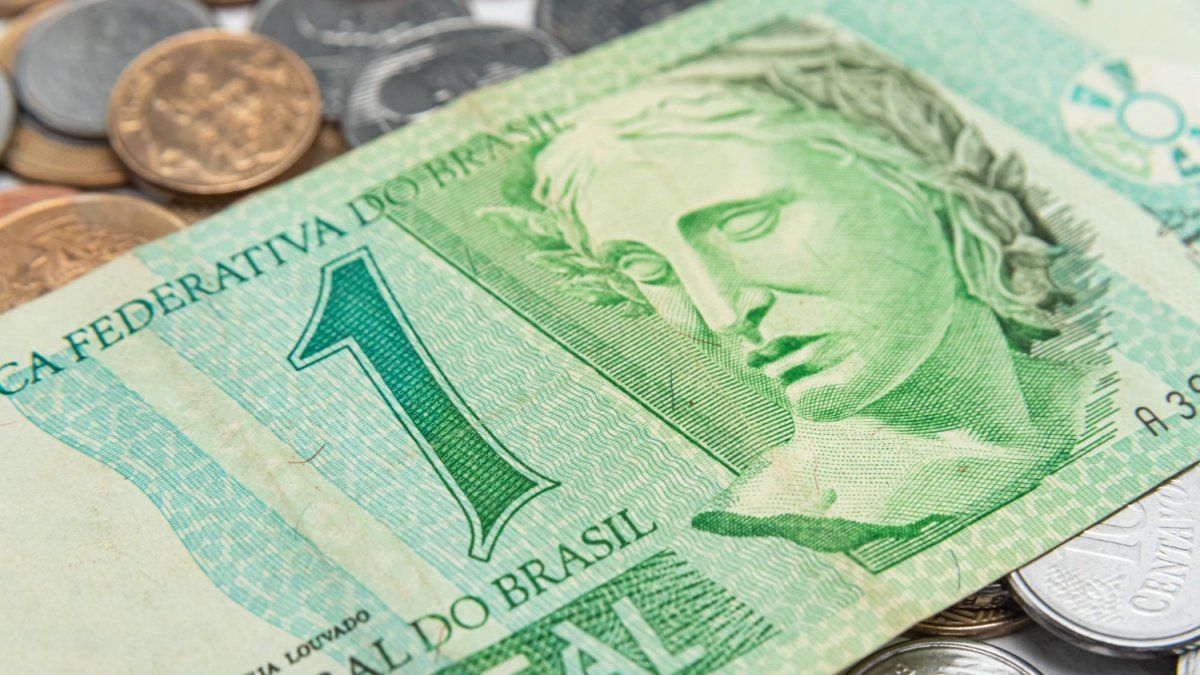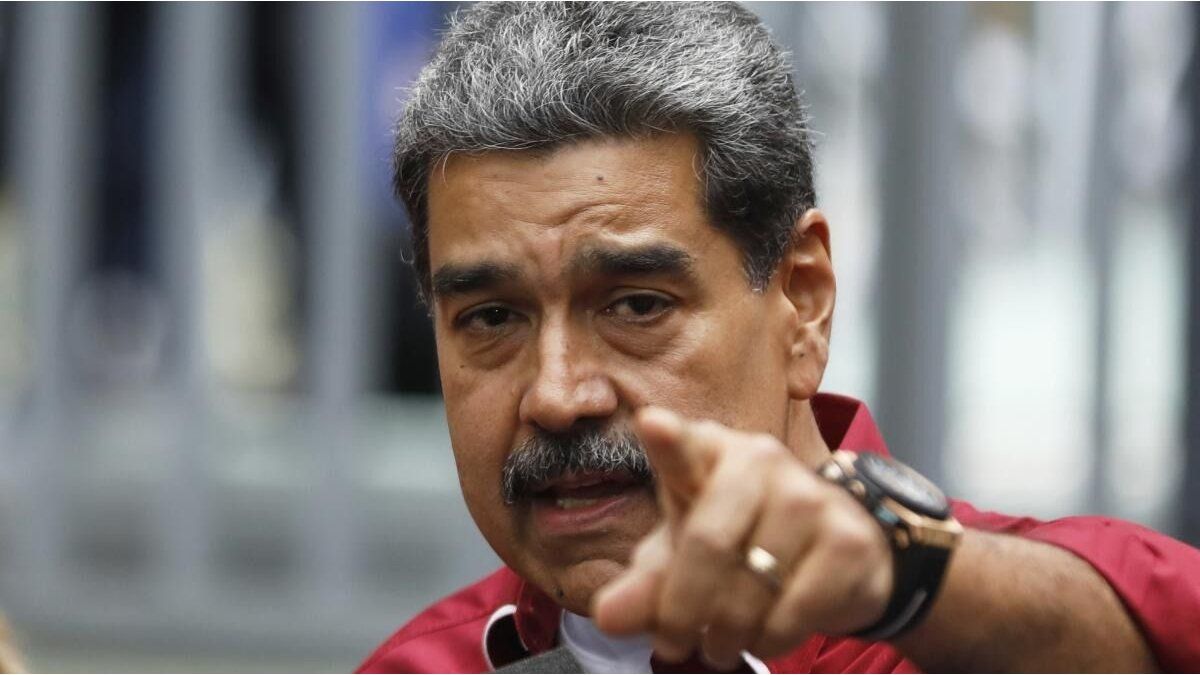He also spoke about the firm’s almost innate export culture, its resilience in the face of economic crises and the characteristics that allow it to identify a genuine dulce de leche anywhere in the world.
Journalist: How did the story of San Ignacio begin?
Alejandro Reca: San Ignacio began as a family business in Rosario in 1939. This year we turned 85 years old. It was founded by Ignacio Rodríguez Soto, an industrialist closely linked to the milk production business in the area. That’s how it started producing dulce de leche, but with an innovative vision which included thinking about all the uses that could be given to dulce de leche.
Soon he added some local partners, and then the generational change began within the same family, with the incorporation of his daughters and sons-in-law.
This innovative look at the management of the company has an important milestone, which occurs near the 1978 World Cup. The company was about to turn 40 years old when completed its first export of dulce de leche to Germany. And from then on it always exported, until today. Exports are in the DNA of San Ignacio.
Another milestone that shows the spirit of innovation that existed in the company and that is maintained over time occurred between 1993 and 1994, when San Ignacio issued Negotiable Obligations. It is the first SMEs ON that is issued in Argentina.
Over the years, management was left in the hands of the Casanello family, direct descendants of the founder. But at some point in 1997, after a time of family differences, some cousins left the company. And then an international partner entersthe French firm LHT (Laiteries Hubert Triballat). For San Ignacio this also meant adding the production of cheeses, which was LHT’s specialty. Thus, there were basically three groups of shareholders, the mother, the son and Triballat.
The entry of LTH gives new impetus to the company and accelerates its development for the next 15 years. In 1997 the factory moved from Rosario to Sauce Viejo. And the following year it added a plant in Hypatia where it exclusively manufactured blue cheese. Add new products and continue exporting.
Q: When do you and your partners come into the picture?
AR: At some point in the entire process the magic ends between partners of the Casanello family and the French. And LTH keeps the entire package of shares. It was in 2012. And that’s where we came in: Alejandro Bertín, Diego Temperley and I, who We buy 100% from the French company. We had varied experience in the dairy sector, especially Bertín. Diego and I came from finances. I came from Rabobankwith some degree of responsibility in investments that were made in Argentina in dairy companies.
It was a challenge for the three of us, because we were service providers, but we had no experience of managing a company. It was a learning experience. We were doing it as we went and it has now been 12 years. During that time we made many changes, especially regarding the professionalization of management. The number of people in the company increased, but also the professional quality.
In the middle, unfortunately Diego died three years ago. And Bertín stopped being the general manager and I went from financial director to general manager.
Q: What other changes did you introduce in the management of the company?
AR: In those years the company continued exporting, we had recognition from banks, from publications as an exporting SME, the Small Giants award from Forbes; the best agroindustrial company of Banco Galicia; We expanded destinations, there was above all a strengthening of the profile of employees and the company. We stop being check hunters and we became a company that, for example, structures a facility against sales to supermarkets. This is common in large companies but not so much in small ones.
We did not reissue negotiable obligations. In reality today there are cheaper instruments to finance yourself. But no one should be surprised If in a year or a year and a half we come out with a new ON.
Now the company is very different from the one that issued the ONs at the time. We have transformed in all aspects. From what we do and also – above all – we are changing in how we do what we do.
Q: How was the company positioned today?
AR: Currently our market share is 5 percent of the local dulce de leche market. But in exports we are on the podium. And we have managed to be in all difficult destinations with our dulce de leche. In countries where there is only one brand of dulce de leche, it is San Ignacio. In other, more accessible markets, there may be several brands on the shelves. This is something that our own colleagues recognize.
When we bought the company, the three cheese families were already there at the initiative of LHT. We develop them further and generate better production conditions.
At the Hipatia plant we only produce blue cheese. And at Sauce Viejo we make cream cheese in its light and whole versions, although they told us that it was impossible to achieve it. But we did it and we made a very good quality cheese that for the moment is only sold in the domestic market, but I don’t rule out that we can send it to neighboring markets soon.. It’s not that simple. There are shelf life and transportation issues that must be taken into account.
Blue cheese is an export business for us. We are second in this segment. The leader is the French group Savencia, which has the Milkaut brand. there is an interesting paradox. Savencia is a French group that exports blue cheese from Argentina to its own subsidiaries in countries such as Russia and some destinations in Asia.
Q.: Do you arrive with blue cheese in the same markets that you opened with dulce de leche?
AR: No. Although San Ignacio has a presence in many countries, blue cheese has a different export profile. It is a specialty among cheeses, it is limited by market size. They are relatively small volumes.
With cheese, for example, we have a specialization in Russia, where dulce de leche has difficulties entering. We also send blue cheese to Chile and Uruguay. And we are developing the markets of Brazil and Peru.
We are in the process of make investments at the Hypatia plant, to further develop blue cheese production. And now it’s going to be the turn of dulce de leche, with investments that we are about to make in Sauce Viejo. The investment plan is to improve productivity, automation, safety and presentation and processing of products.
Q: What volume do you export and where do you do it?
AR: Dulce de leche exports represent around 20% of our billing. It is almost 5 million dollars annually. We reached neighboring countries and are entering Peru, growing in Mexico, the United States, Canada and several countries in Europe. We also reach destinations such as Japan, the Philippines, Israel and New Zealand. We can say that we are present on all continents.
In Russia we sell blue cheese, but dulce de leche not because They say they already have something very similar.which is condensed milk. Although he who understands dulce de leche you know it’s not the same. It’s not just a difference in cooking times.
When I was studying abroad and there was no dulce de leche, we would grab a can of condensed milk and cook it. The secret was to keep the can from exploding, although I experienced the can exploding as well. But it wasn’t dulce de leche.
It also happened to me when I was a student in the United States, on every visit to Buenos Aires I bought cans of San Ignacio candy to take away, without imagining that someone would be responsible for the production of those cans.
Q: How is this presence achieved in markets so culturally far from Argentina?
AR: With patience, passion and studying every step we take. We personally go to international fairs. This year we were in the United States and Brazil. And soon we will go to the SIAL in France.
Exporting to Japan was not something we achieved overnight. There were at least two years of work. And selling dulce de leche to Portugal was the same story.
Our commitment to export is immense. That DNA that has been in the company since its beginnings It is something that attracted us when purchasing Saint Ignatius.
The first hire we made when we joined the company was to appoint Juan Patricio Anderson as export manager. And he put it all together. Until then there was no export manager. Little by little we built a specific department, which today has two people working. The same with quality control. When we bought the company there were two people in quality and now we have eight. Tell me which SME has something like this.
Q: What is the export potential, do you have a ceiling?
AR: The ceiling is sometimes set by production capacity, sometimes one’s own idiosyncrasy of customers, or markets. Now we are finding good willingness from local importers in each country. It is no longer about an Argentine who lives abroad and manages to sell. They are clients who want to develop the business, who saw it and understand it. The link with these types of importers is important. That is why we cultivate and develop those links.
But there are also places where there are Argentines producing something that they say is dulce de leche. In those places they can do it because there is no designation of origin. But that product in Argentina would not be dulce de leche. Here there is a technical specification that must be met. Dulce de leche the way we Argentines make it does not exist anywhere else in the world, although not all those who export are willing to fight for that recognition.
The sweet milk He is Argentine and from the Río de la Plata. Uruguay has a very good product. And stop counting. In Chile what is produced is not so rich. It has been proven that making sweets is not just about heating some milk with sugar. And not to mention when you want to use it in the food industry as an input for a cookie or an alfajor.
We recently launched a reduced-fat dulce de leche, but not fat-free. Because without fats it cannot be done. In the food industry there are three things that give pleasure to the consumer. Fat, sugar and salt. Making dulce de leche without fat is not possible. It is considered reduced if it is up to 30 percent less than the standard level. In order for it to continue to be called dulce de leche, there are a series of technical issues to be met established by the people at Anmat. And we are seeing how we are going to develop it to send it to new markets.
Q: How did the ups and downs of the national economy affect the company?
AR: There is a fluctuation in demand, a strong credit issue. But we had been doing this for a long time before. optimize resources that we had. And in this complicated context we still increased investments, implemented changes in the management system, and applied a whole series of measures to stay in line or improve.
We accommodate our production process. We have come from two years with very little milk in the sector in general, with the leafhopper plague, excess humidity. Everything came together so that the sector had greater exposure than the average for agroindustrial activities.
We still continue exporting, we continue growing. Are a pretty important case of resiliencelike many SMEs. In this we are not going to say that we are the only ones. We have the best dulce de leche. But we do not believe that we are the best SME.
Source: Ambito
I am a 24-year-old writer and journalist who has been working in the news industry for the past two years. I write primarily about market news, so if you’re looking for insights into what’s going on in the stock market or economic indicators, you’ve come to the right place. I also dabble in writing articles on lifestyle trends and pop culture news.




